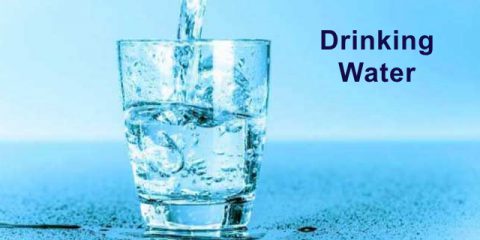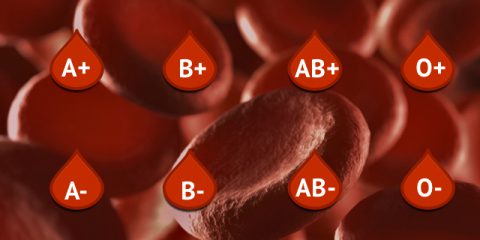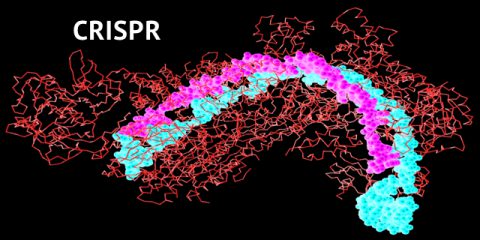As the summer sun heats the Northern Hemisphere, getting enough water can be difficult. Recommendations for the amount of water you should drink have changed. Instead of the 8 glasses of water a day, the guidance now is to follow your body’s signals that it needs water–thirst. And take note of the color of your urine, if your urine is dark, you...
Read MoreDiabetes-Friendly Recipes for the Summer
Looking for some delicious and cool recipes for the summer? Try these two diabetes-friendly recipes from Diabetic Living[1]. Recipes: Berry-Mint Kefir Smoothies 1 cup low fat plain kefir 1 cup frozen mixed berries 1/4 cup orange juice 1-2 Tbsp. fresh mint 1Tbsp honey Combine kefir, berries, juice, mint to taste and honey in a blender Smoothies can keep for...
Read MoreCirculating Tumor DNA Detecting Colorectal Cancer Recurrences Early
A recent article in the Journal of the American Medical Association-Oncology (JAMA) contains an exciting strategy (made possible again by all the work of the Human Genome Project) for treatment decision making and finding recurrences earlier for those diagnosed with colorectal cancer. Colorectal cancer is the third most common cancer. Treatment involves...
Read MoreEarly Human Migration, Illness and Blood Types
Have you ever wondered about blood types? When I was in 5th grade, I needed a science experiment and obtained a kit to test my classmates blood types. They had to lance their own fingers for two drops of blood and conveniently dripped upon a glass slide. By adding a drop full of antibodies to Type A blood in one drop and, in the other, antibodies to Type B...
Read MoreCRISPR
Since the Human Genome Project published the first draft of the human genome in February 2001, there has been a boom in research and new technologies around genetics. The project revealed that humans have around 20,500 genes. Around 3 million base pairs make up these genes. CRISPR is a new technology that has arisen from this groundbreaking Human Genome...
Read More







